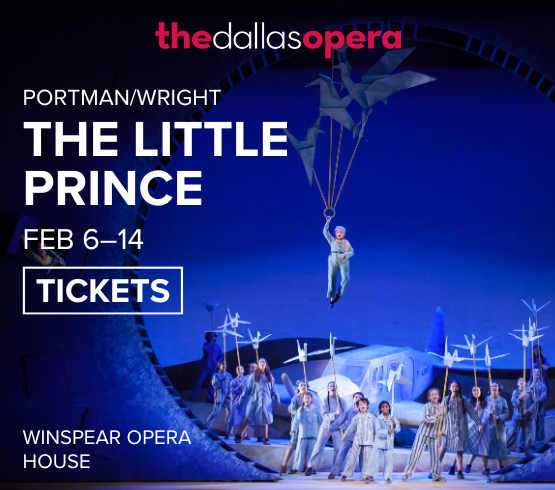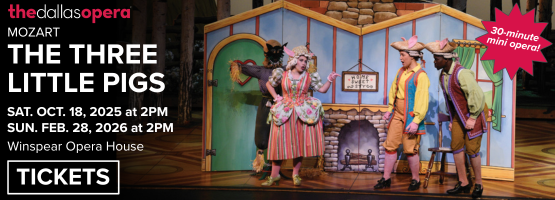If you’ve ever wanted to watch molten glass stretch and curl into a goblet while an opera aria drifts through the autumn air, Fort Worth has just the weekend for you. The free Art Worth Festival, returning for its fourth year Oct. 24–26, transforms the lawn at The Shops at Clearfork into a vibrant crossroads where artistry in all its forms—paint, clay, wood, glass, metal, and music—comes to life.
Wander the festival and you might stumble upon a woodturner coaxing a silky curve from a chunk of maple, watch a potter raising a vase from a lump of glistening clay, or hear a blacksmith’s hammer falling in precise, ringing beats. “Seeing how something is produced can be a turning point in people’s lives,” Belz says. “When you meet the artist and talk to them, you appreciate the work even more.”
This year’s lineup of live demonstrations includes SiNaCa Glass Studio, the North Texas Blacksmith’s Association, the Woodturners of North Texas, and sculptor Kat Warwick, among others. For Belz, glassblowing and metalsmithing are the real showstoppers: “They’re the most dangerous and frightening—it’s basically lava!”
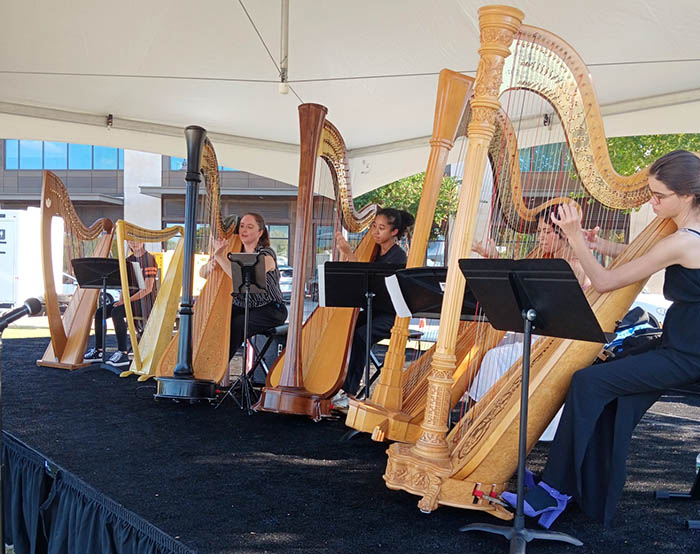
1 ⁄4
Performance by the TCU School of Music, Harp Choir, 2024; Photo courtesy of the Art Worth Festival.
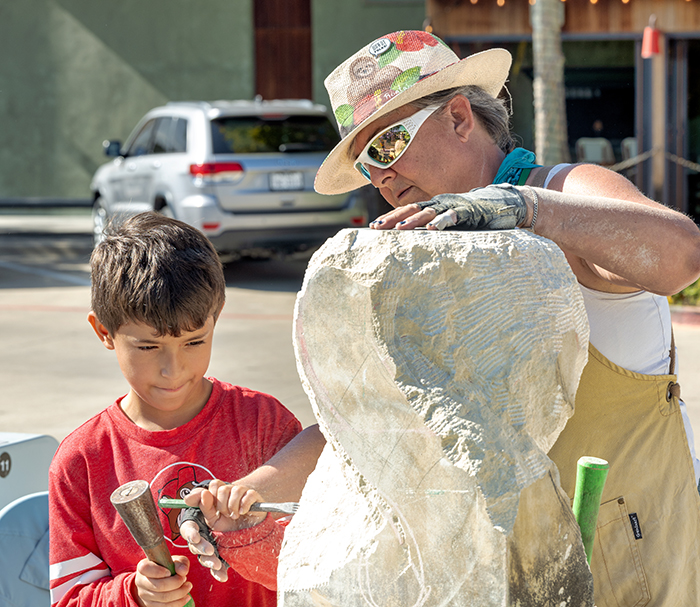
2 ⁄4
Sculpture Demonstration by Dallas artist Kat Warwick with young art enthusiasts, 2024; Photo courtesy of the Art Worth Festival.
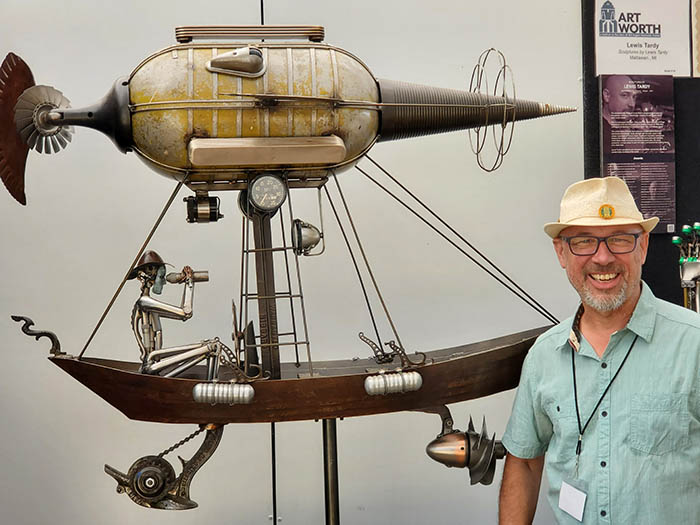
3 ⁄4
Award Winning Sculptor, Lewis Tardy, 2023; Photo courtesy of the Art Worth Festival.
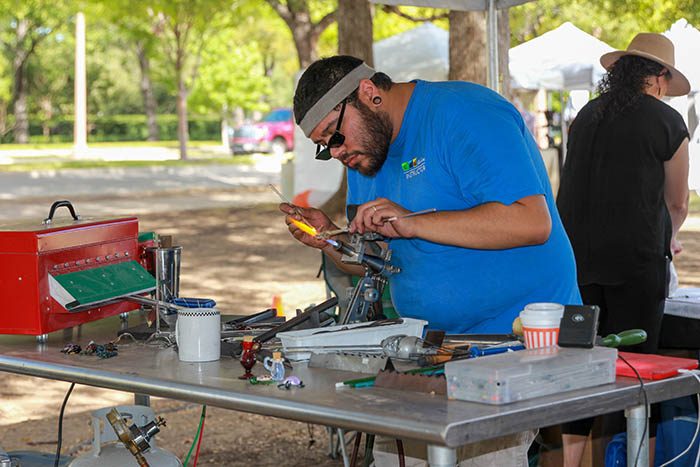
4 ⁄4
Nick Gomez, Instructor at SiNaCa, Demonstrates Glassblowing, 2024; Photo courtesy of the Art Worth Festival.
Belz’s own path to Fort Worth was part serendipity, part civic crush. A longtime arts advocate and entertainment marketer in Tennessee—his resume includes television, Broadway tours, ballet companies, and even rodeos— he was scouting locations in Dallas for an indoor art event when he wandered into Fort Worth’s Cultural District and was instantly taken by the city’s warmth and enthusiasm for the arts. “I followed in the footsteps of Sam Houston and Davy Crockett and headed to Texas—hopefully with a better outcome,” he jokes. The festival’s move last year from the Will Rogers Memorial Center to The Shops at Clearfork cemented its appeal. There’s free parking (a big deal in Belz’s book), upscale dining within walking distance, and plenty of room for stages, tents, and strolling visitors.
New this year is the Festival Artist Incubator Program, a yearlong internship for emerging artists, recruited largely from local university art programs, who want to learn the business side of festival exhibition. “Emerging artist tents at festivals,” says Belz, “can feel like a catch-all for the applicants who didn’t get in. We wanted something more that actually helps further an artist’s career.” Four to six interns will receive mentorship from seasoned artists, including the director of Miami’s prestigious Coconut Grove Art Fair, participate in educational sessions, and showcase their work at next year’s Art Worth.
For Belz, the point of the festival isn’t just to sell art, but to make art a more conscious part of daily life. “Everything in your home and everything you wear could be a piece of art, if you choose,” he says. Even if you’re not in the market to buy anything, Belz insists that the act of looking, learning, and talking to artists has great value. “General cultural enrichment is a critical underpinning of a civil society,” he says. “We all need to expose ourselves to as much art as possible.”
—LINDSEY WILSON



